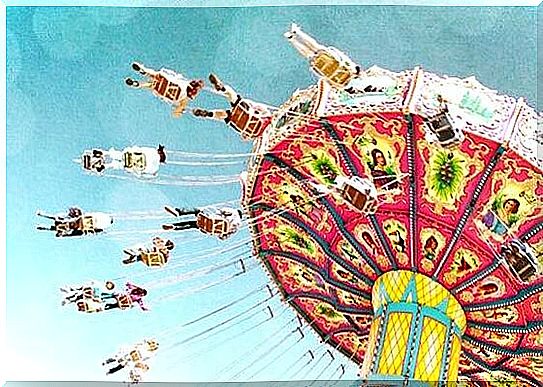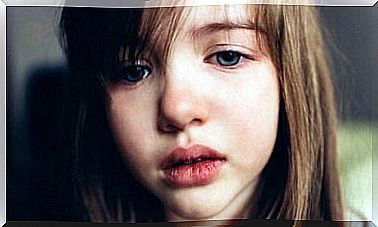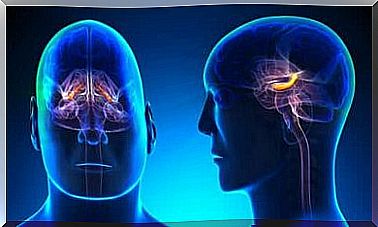The 7 Laws Of Emotion According To Nico Frijda

The psychologist, Nico Frijda, was a well-known researcher. In 2006, he presented an article in which he explained what in his opinion are laws of emotion. He wanted to establish fixed patterns of emotion.
Emotions are a difficult size to classify. Finding an emotional pattern from one individual that suits another is even more complicated. But after intensive research, Frijda postulated that there are general rules that can be applied universally.
However, the researcher himself emphasized that, as with all rules, there are exceptions. But in his opinion, the fixed patterns are more common than they are the exceptions. Although Frijda set out 12 laws of emotion, we may well melt them down to 7. They are as follows.

Situational meaning, the first of Frijda’s laws of emotion
For Frijda, emotions are the result of a certain situation. They do not come by themselves, without any starting point, but rather they arise from certain situations. These situations can very well only take place in the imagination, but they are always associated with a real situation.
Therefore, two similar situations can generate the same type of response emotionally. Thus, a loss can lead to sadness and a gain can make us happy. No matter what kind of loss or gain, the emotional response will be the same.
2. Obvious reality
This is one of the most interesting laws of emotion. It postulates that people react emotionally to what we consider to be real. Not on what is real, but on what we attribute to that quality.
It is a way of translating reality that sets in motion the emotions, not the reality itself. This is, for example, why we can cry during a movie, or if we feel scared and fear a danger that is not there at all.
3. Change, habituation and comparative feeling
In this case, there are three laws for the emotions: Shift, habituation, and comparative emotion. The law of habituation says that we always get used to our surroundings and see them as “normal”, even if they are not. Our emotional response to the usual is not intense.

The comparative emotion indicates that we always compare the intensity of the reactions of our emotions, whether consciously or unconsciously. Laws of shift or change indicate that if we experience something new, the emotional response will be more intense.
4. Hedonic asymmetry
This is one of the most amazing emotions. Just think about how much harder it is to get used to negative situations. Our emotional response in these cases is resistance and relative application of the law of habituation.
In positive situations, the opposite will happen to us. We get used to them much easier. Therefore, and because we get used to it, the positive emotions tend to be less intense each time until they disappear.
5. Preservation of emotional momentum
Negative experiences seem to maintain their emotional strength over time. The impact they can cause can last for several years. The emotions are there, even though the situation has long since ceased.

This remains unchanged until a similar situation arises and can be revalued to something positive. That means you need to get back to life and resolve it properly so that the negative emotions can get away.
6. Completion and responsibility for consequences
The law of closure says that emotions tend to create an absolute idea of reality. When the intensity of an emotion is very high, we see everything as black or white. We only notice one side of the problem.
Another law of emotion is responsibility for consequences. It indicates that people are able to adapt their emotions to the consequences they may cause. For example, you may feel a lot of anger, but you do not attack unless the consequences will not be serious.
7. The lightest lot and the biggest win
The law of the lightest lot says that people can change their emotions if they understand the situations differently. A person will look for an understanding that can help them get away from the negative emotions. For example, “if the bad thing should happen to me, it’s because something good is waiting for me later.”

The law of greatest gain indicates that we seek to understand situations in order to gain an emotional benefit from the new point of view. An example might be that we feel anxious about heights and think that those who play with heights are truly irresponsible people.
Frijda’s laws of emotion are a contribution to the elongated project, it is to understand human emotions. Although he sets them up as laws, there are no psychological directions that have admitted that this is the case. But that should not diminish their conclusions.









